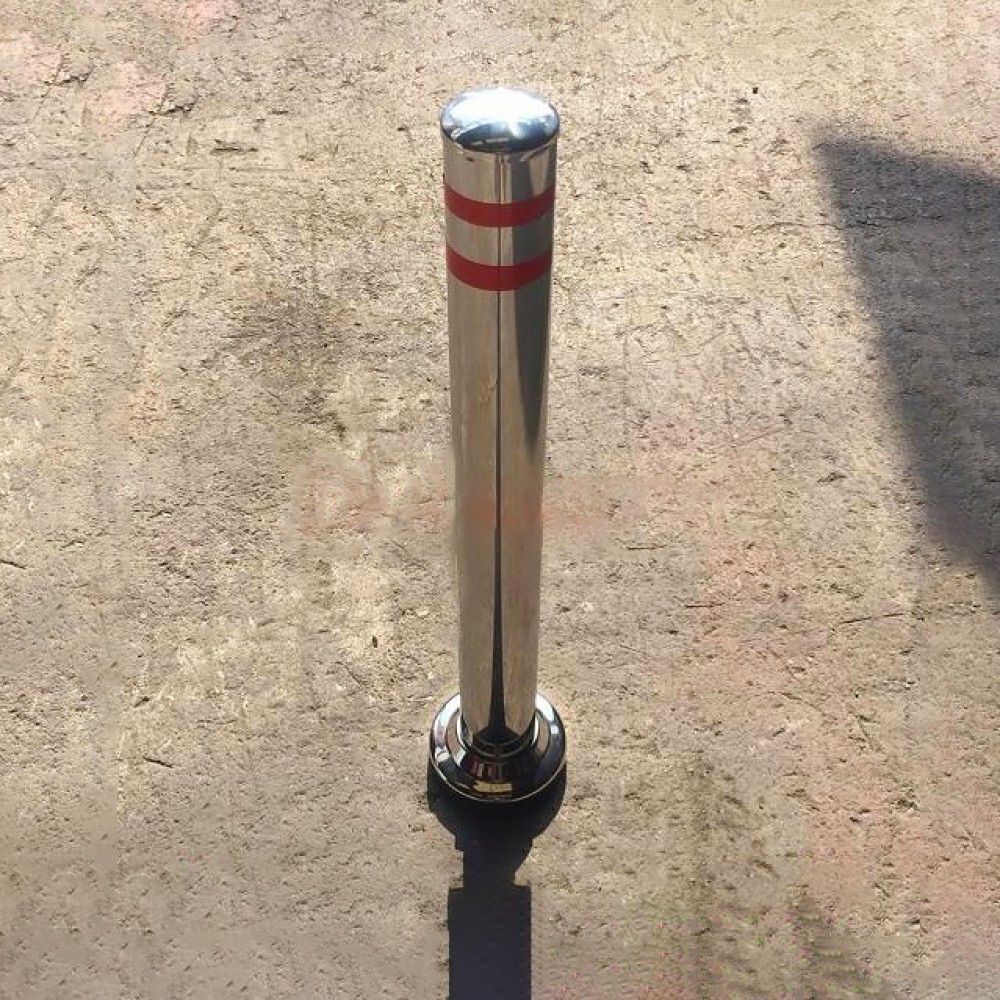
- SKU: PB50
Production of stainless metal pontoons: Stainless metal pontoons are used in many industrial applications in terms of high durability, strength and aesthetic appearance. It is an important component widely used in construction, shipbuilding, food industry, automotive, mechanical engineering and many other industrial sectors. In this article, you can learn more about the production of stainless metal pontoons, their properties and uses.
Features
Diameter: 76mm
Height: 70 cm
Thickness: 2mm
Material: Stainless Metal
Band: Reflective
Stainless Metal Pontoon Production
Stainless metal pontoons are produced by cutting, shaping and welding in special production machines. Thanks to the stainless feature of the material, it is resistant to corrosion even in long-term use. Equipped with reflective tapes, stainless metal pontoons contribute to traffic safety by maintaining their visibility even at night or in bad weather conditions.
Stainless metal pontoons play an important role in traffic regulation and environmental safety. They are used to mark the boundaries of areas where vehicles are not allowed, especially in pedestrian areas. It is also suitable for use in places such as pavements, parking lot entrances, site interiors, shopping centers and business centers.
Stainless metal pontoons are also frequently preferred for landscaping, as they have an aesthetic appearance. They can be used in parks and gardens to direct pedestrian traffic, as well as to determine the border of green areas that are closed to vehicle entrance.
Where is it used?
Other uses of stainless metal pontoons include:
They are used in construction sites to ensure safety.
They are used to determine the boundary of parking lots in shopping malls, hospitals, schools and similar places.
It is used near dangerous intersections or pedestrian crossings to prevent traffic accidents.
It is used to limit the entry of vehicles to certain areas in areas such as industrial facilities and storage areas.
It is used in places such as the beach and swimming pools to allow swimmers to swim in certain areas.
They are used in places such as airports, train stations and seaports to control passenger access to certain areas.
The use of stainless metal barges is of great importance in terms of environmental safety and traffic regulation. The fact that they are durable and long-lasting, that they are resistant to corrosion thanks to the stainless feature of the material, and that their visibility is preserved even at night and in bad weather conditions with the use of reflective tapes are among the important factors in the preference of stainless metal pontoons.
As a result, stainless metal pontoons are an important product for environmental safety and traffic regulation. Being long-lasting and durable, aesthetic appearance and being equipped with reflective tapes expand their usage areas and are among the reasons why they are preferred.
How to Install?
Stainless metal pontoons are very easy to install and can be accomplished by following the steps below:
Necessary measurements are made in the area to be assembled and where the pontoons will be located is determined.
If mounting will be made on a concrete floor or reinforced concrete structures, mounting holes are determined and drilled.
The mounting holes are cleaned and the burrs in the holes are removed.
Stainless metal pontoons are inserted into the mounting holes and fixed.
After the assembly process is completed, make sure that the pontoons are fully fixed in place.
Finally, if reflective tapes need to be applied, the tapes are placed appropriately.
Note: As it is a product that can be embedded in concrete, appropriate safety precautions must be taken during the assembly process. Therefore, it is recommended that the assembly be carried out by qualified personnel.
| Features |











